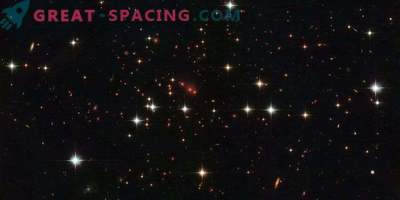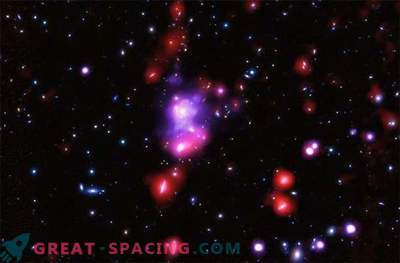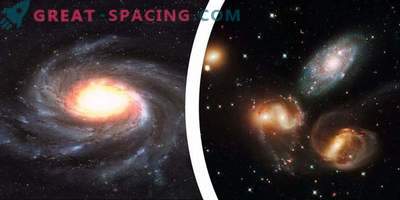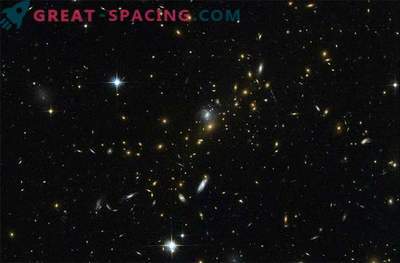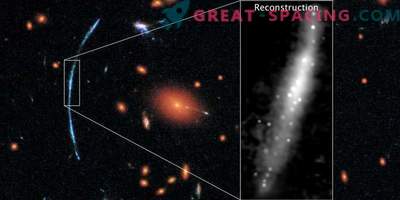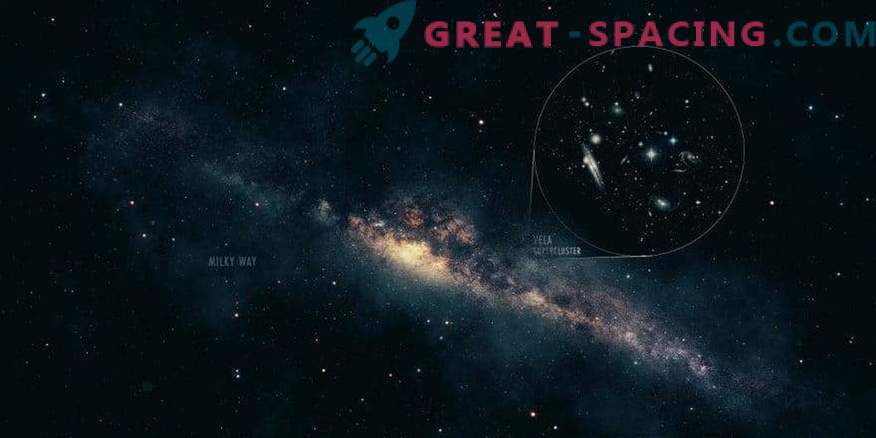
The team of scientists has created the most detailed map of the orbital paths of galaxies in an extended local area. It demonstrates the movement of almost 1,400 galaxies with 100 million light-years of the Milky Way.
Reconstruction of the galactic movement performed at intervals of 13 billion years in the past. The main gravitational attractor is the Virgo Cluster. It is 600 trillion. times the solar massiveness and is 50 million light years away. Already more than 1000 galaxies were in a cluster. But it is believed that in the future all the galaxies, 40 million light-years distant from the Virgo Cluster, will be inside it.

The orbits of galaxies in the local supercluster. The Milky Way (yellow) and the neighboring Andromeda galaxy (red) participate in a stream coming from the vast region of the Local Void to the Virgo Cluster (purple spherical circle). Most of the galaxies between ours and the cluster eventually fall into it, but we do not enter the capture zone This is the first attempt to visualize a local supercluster, which shows the process of structure development in the universal history. But this is only part of a larger event. Here are two main flow patterns. All the galaxies in one hemisphere (together with the Milky Way) flow to the same flat layer.
The display of the orbital paths can be seen in the video, which also presents an interactive model. The latter allows you to pan, zoom, rotate and pause / activate the evolution of orbital motions. Orbits are indicated as a reference frame that displays a common spatial expansion.

